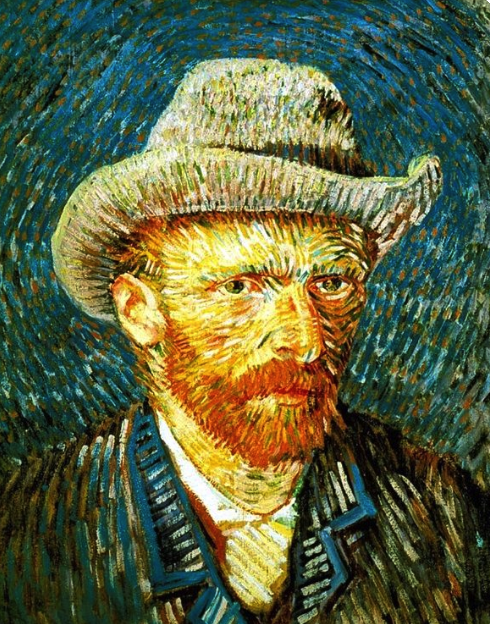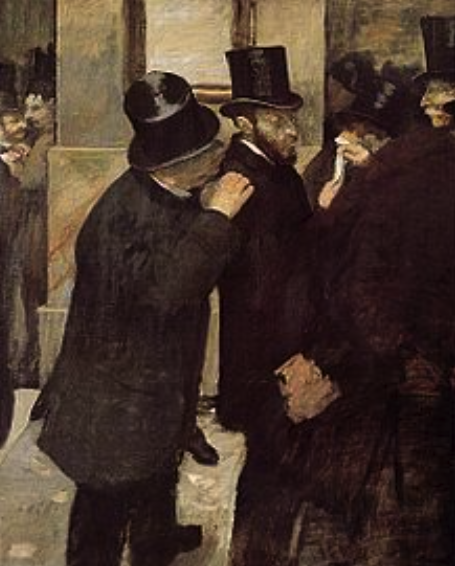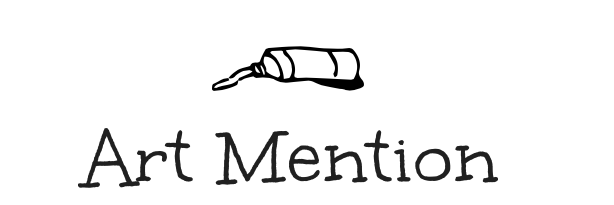Oil Pastel
contents
What is oil pastel?
How to use oil pastels/oil pastel art?
How to choose oil pastels?
What are the things to note when doing oil pastel?
What are the techniques to use for oil pastels?
What is Oil Pastel?
Oil pastels are a type of art medium that consists of a stick of colored pigment mixed with a binder of oil and wax. They are similar to soft pastels, but the addition of oil makes oil pastels more vibrant and easy to blend. Oil pastels are known for their rich, intense colors and smooth texture.
The pigments used in oil pastels are the same as those used in oil paints, but they are held together in a stick form with the binder. The binder gives the pastels their softness and enables them to adhere to various surfaces such as paper, canvas, or board.
Oil pastels can apply directly to the surface or used in combination with other art media like oil paints, acrylics, or watercolors. They layer, blend, or scrape to create various effects and textures. Unlike soft pastels, oil pastels do not produce dust or require fixatives for protection, making them convenient to use.
Oil pastels are favored by artists for their versatility, ease of use, and ability to create vivid and expressive artworks. They are use in a wide range of art styles. From realistic to abstract, and are popular among beginners as well as professional artists.

Artist: Vincent van gogh

Photo credit https://en.wikipedia.org/wiki/Edgar_Degas
Artist: Edgar Degas, Portraits at the stock exchange
How to use oil pastels/oil pastel art?
Using iol pastels is a creative and enjoyable process. Here are some general stepsto help you get started with using oil pastels
- Choose your surface: Oil pastels can be used on a variety of surfaces, including paper, canvas, wood, and even glass. Choose a surface that is appropriate for your project and that can handle the oiliness of the pastels.
- Prepare your surface: If you are using paper, make sure it is heavy enough to handle the oil pastels. You may also want to consider using a primer or gesso to create a smooth and even surface. If you are using canvas, you can apply a layer of gesso to prepare the surface.
- Choose your colors: Oil pastels come in a wide range of colors, so choose the colors you want to use for your artwork. You can blend colors together on the surface or mix them on a separate palette.
- Start sketching: Use a light color to sketch out your composition on the surface. You can also use a pencil to sketch first and then fill in with oil pastels.
- Layer your colors: Build up layers of color by using light strokes and blending the colors together. You can also use a blending tool, such as a blending stump or your finger, to smooth out the colors and create a more blended effect.
- Add texture: You can create texture by layering colors in a crosshatch pattern, or by using different techniques such as scumbling, sgraffito, or impasto.
- Fix your work: Once your artwork is complete, you may want to fix it with a fixative spray to prevent the pastel from smudging or rubbing off.
Remember to have fun and experiment with different techniques to create unique and interesting effects with your oil pastels!
How to choose oil pastels?
Choosing the right oil pastels for your artwork can be an important part of the creative process. Here are some factors to consider when selecting oil pastels:
- Quality: The quality of the oil pastels can make a big difference in the final result of your artwork. Higher quality pastels are often more pigmented, have a smoother consistency, and are easier to blend. They may also have a wider range of colors to choose from. Professional-grade brands such as Sennelier, Holbein, and Caran d’Ache are known for their high quality.
- Price: Oil pastels come in a wide range of prices, from student-grade to professional-grade. Consider your budget and how much you are willing to spend on your art supplies.
- Color range: Look for a brand that has a wide range of colors to choose from, so you can create a variety of shades and tones in your artwork.
- Consistency: Consider the consistency of the oil pastels, which can vary between brands. Some brands have a softer consistency, which can make them easier to blend. While others have a harder consistency, which is good for creating fine details.
- Lightfastness: Check the lightfastness rating of the oil pastels. It indicates how well the colors will resist fading over time when exposed to light.
- Personal preference: Ultimately, the best oil pastels for you will depend on your personal preference and style. Try out different brands and types of oil pastels to see which ones work best for you.
Overall, it is important to choose oil pastels that you feel comfortable working with. And choose the one that will help you achieve the desired effect in your artwork.
What are the things to note when doing oil pastel?
When working with oil pastels, there are several things to keep in mind to ensure the best results. Here are some tips to help you create successful oil pastel drawings:
- Prepare your surface: Oil pastels can be used on a variety of surfaces, but it’s important to make sure to prepare the surface properly. Use a heavy paper or canvas that can handle the oiliness of the pastels. You may also want to consider using a primer or gesso to create a smooth and even surface.
- Layer your colors: Oil pastels are best used by layering colors. Start with lighter colors and gradually build up to darker colors. You can also blend colors together on the surface or mix them on a separate palette.
- Use a light touch: When working with oil pastels, use a light touch to apply the colors. The softer the pastels, the less pressure you should use. If you apply too much pressure, the colors can become muddy and the pastels can break.
- Blend your colors: Blending is an important technique when working with oil pastels. You can use your fingers, a blending tool, or a paintbrush to blend the colors together. Be careful not to over-blend, as this can make the colors appear dull.
- Use different techniques: Experiment with different techniques to create texture and interest in your drawing. Try cross-hatching, scumbling, or sgraffito to create different effects.
- Fix your work: Once your artwork is complete, it’s important to fix it with a fixative spray to prevent the pastel from smudging or rubbing off. Be sure to follow the manufacturer’s instructions for the fixative spray.
- Store your pastels properly: Oil pastels can be messy and fragile, so it’s important to store them properly. Keep them in a container or box with individual compartments to prevent them from touching each other. Store them in a cool, dry place away from direct sunlight.
By following these tips, you ca
n create beautiful and vibrant oil pastel drawings that will last for years to come
.
What are the techniques to use for oil pastels?
Oil pastels are a versatile art medium that can be used to create a variety of effects and textures. Here are some techniques that you can use when working with oil pastels:
- Layering: Layering is one of the most basic techniques used in oil pastel drawing. Start with a light layer of color and gradually build up the layers with darker colors. This technique can help create depth and dimension in your artwork.
- Blending: Blending is an important technique for creating smooth transitions between colors. You can blend colors together by using your fingers, a blending tool, or a paintbrush. Experiment with different blending techniques to create unique effects.
- Sgraffito: Sgraffito is a technique where you scratch away the top layer of pastel to reveal the underlying layer. You can use a sharp tool, such as a toothpick or a palette knife, to scratch away the top layer of pastel.
- Impasto: Impasto is a technique where you apply thick layers of pastel to create texture and depth. You can use a palette knife or your fingers to apply thick layers of pastel.
- Cross-hatching: Cross-hatching is a technique where you draw parallel lines in different directions to create a pattern. Use this technique to create texture and shading in your artwork.
- Scumbling: Scumbling is a technique where you use a light, circular motion to create a soft and blended effect. Use this technique to create soft shadows and to blend colors together.
- Wet technique: The wet technique involves using a solvent, such as mineral spirits or turpentine. This is to dissolve the oil pastels and create a watercolor-like effect. Use this technique to create soft washes and blended effects.
Experiment with these techniques to create unique and interesting effects in your oil pastel artwork. Remember to have fun and enjoy the process!
